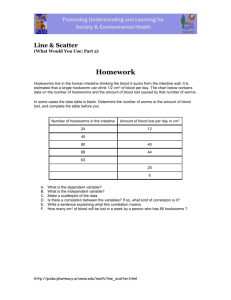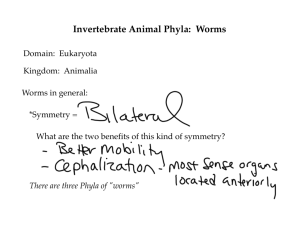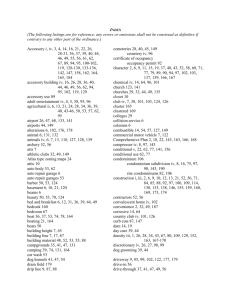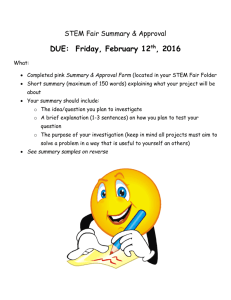DOC - Alberta Worm Invasion
advertisement
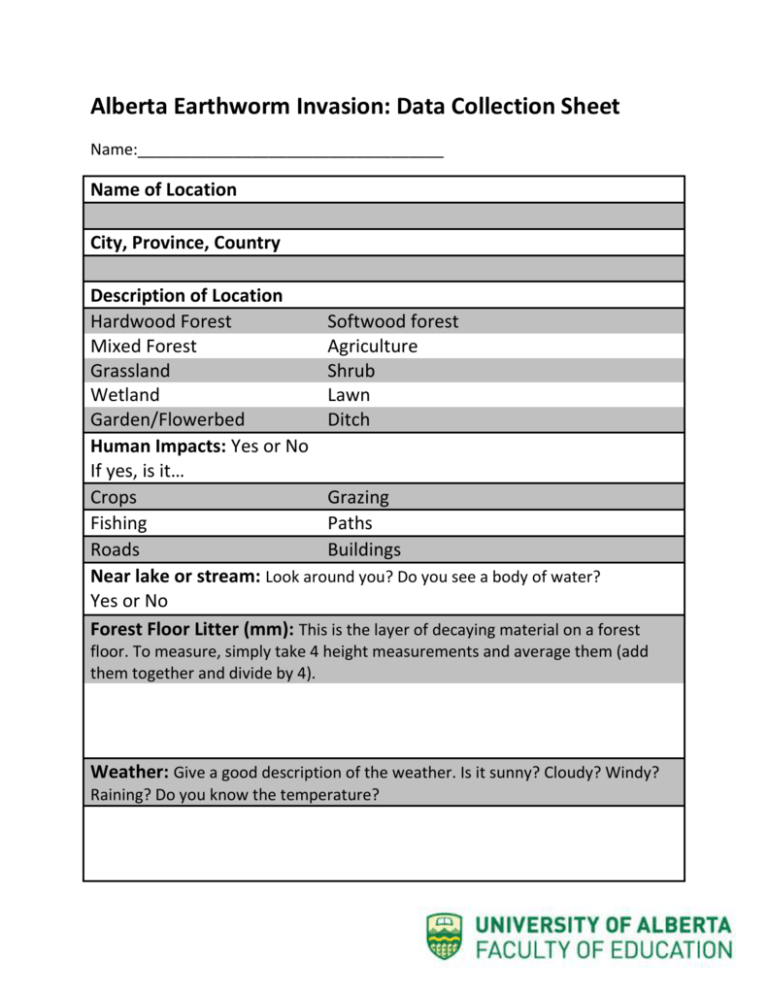
Alberta Earthworm Invasion: Data Collection Sheet Name:___________________________________ Name of Location City, Province, Country Description of Location Hardwood Forest Softwood forest Mixed Forest Agriculture Grassland Shrub Wetland Lawn Garden/Flowerbed Ditch Human Impacts: Yes or No If yes, is it… Crops Grazing Fishing Paths Roads Buildings Near lake or stream: Look around you? Do you see a body of water? Yes or No Forest Floor Litter (mm): This is the layer of decaying material on a forest floor. To measure, simply take 4 height measurements and average them (add them together and divide by 4). Weather: Give a good description of the weather. Is it sunny? Cloudy? Windy? Raining? Do you know the temperature? Ground moisture: Dry Medium Sampling Method (circle one) Flip and Strip Hand Sample Mustard Extraction Midden Count Classification (select one) Deep Burrowing Worms (Anecic Worms) Burrow deep into the ground (up to six feet) Burrows are covered by a pile of feaces and leaves called a “midden” Deeply pigmented with a lighter tail Adults can grow up to 15 cm long Soil Dwelling Worms (Endogeic) Build permanent burrows and rarely come to the surface Are unpigmented Only come to the surface if there is very heavy rainfall Wet Litter Dwelling Worms (Epigeic Worms) Live in and consume the leaf-litter layers of the forest floor Are typically the kind of worm you would find in a compost heap Only grow to between 2 cm and 7 cm long Length of the worm (cm):








